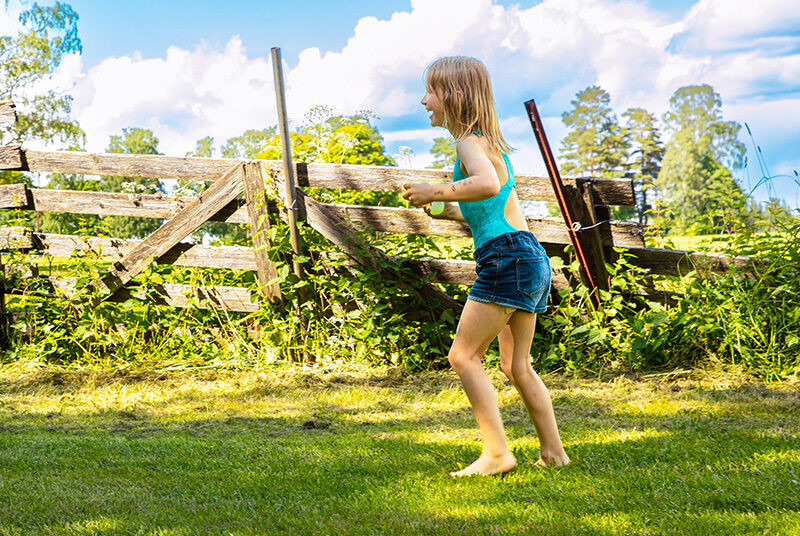Welcome to our global website
Or choose another language
Article
Athlete’s foot, also called foot fungus, is a fungal skin infection on the feet that appear as an itchy and scaly rash and is caused by different fungi (microorganisms). Commonly athletes foot occurs between the toes. Usually, athlete’s foot between toes begins in between the fourth and fifth toe. Athlete’s foot symptoms are rashes of scaly, peeling, or cracked skin, usually between the toes. In addition, it is common that the skin itches, burns and stings. Furthermore, fungal infection can lead to smelly feet.
Yes, the condition is contagious and can spread by direct or indirect contact. It can be transmitted if you touch the infected skin or through for example wet floors in public showers. The fungi thrive in environments that are warm and moist.
Below you can find some advice on how to get rid of athlete’s foot:
Foot Rescue Cream is an all-in-one foot cream that treats and prevents dry feet, cracked heels, calluses, athlete’s foot and smelly feet – with clinically proven effect. The unique formula with the active ingredient 1,5-Pentanediol provides a strong moisturizing effect and supports the skin’s natural renewal process. In addition, the foot cream is antimicrobial and strengthens the feet’s natural barriers. Visible results in two weeks! 1,5-Pentanediol has a documented effect against bacteria, viruses, and fungus*, and helps to both prevent and treat these problems.
Antifungal creams are usually best suited for dry skin while gels could be useful if the skin is moist. Antifungal athlete’s foot powder is used inside socks and shoes, as a compliment or as prevention. In addition, there are creams with hydrocortisone that can help relieve the itchiness.
In case of severe athlete’s foot, you may need prescription medicine and to seek medical attention. Also seek medical attention if your symptoms have not improved within a couple of weeks of using a non-prescription medicine or if a child younger than 10 years have symptoms of athlete’s foot.
* Kara Alsterholm M, Faergemann J (2009) In vitro activity of chlorhexidine and pentane-1,5-diol and their combination on Candida albicansmi N,, Staphylococcus aureus and Propionibacterium acnes. Acta Derm Venereol 89: 514-515.

